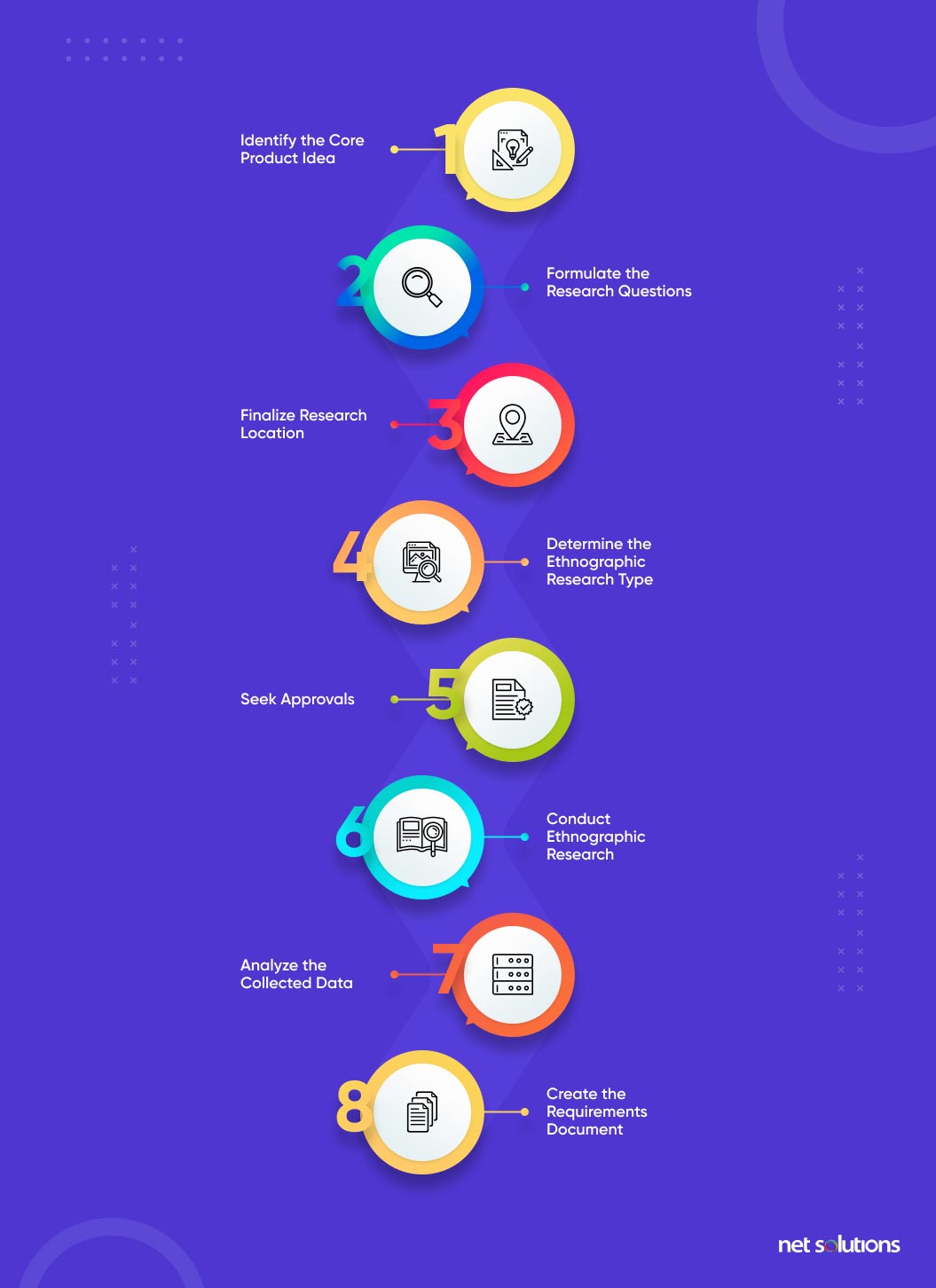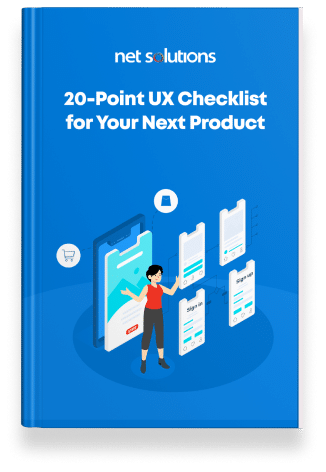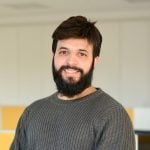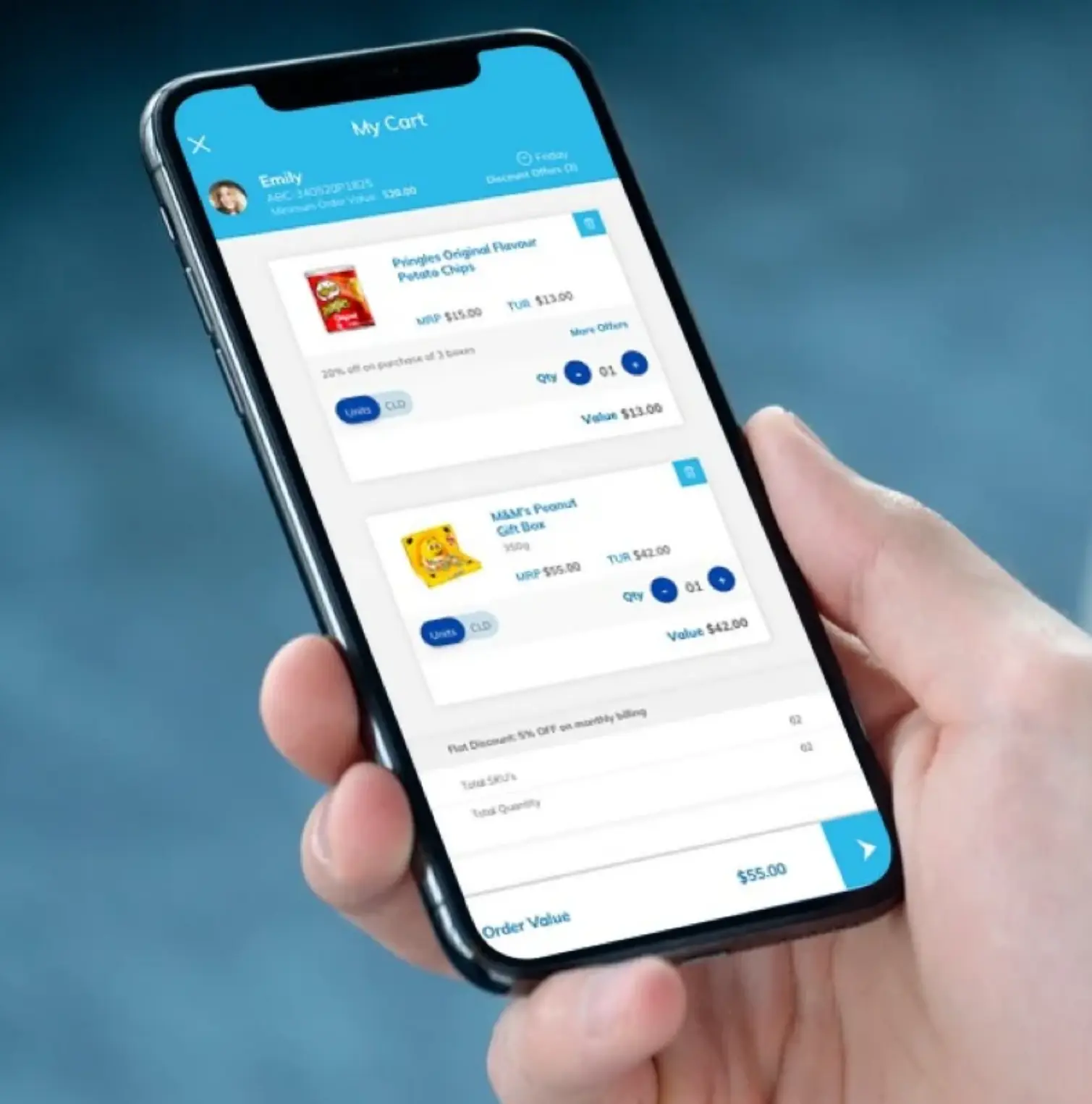Ethnographic research is a process of observing people’s behavior in their natural environment. These people are your target audience, and observing them do their regular activities in their work environment helps understand their pain points. This analysis further helps in conducting an accurate UI/UX requirements analysis.
It is similar to walking a mile in your customer’s shoes to understand their perspectives and needs. The ethnographic research process is a popular methodology used in the software development lifecycle. It helps create better UI/UX flow based on the real needs of the end-users.
I want to understand the world from your point of view. I want to know what you know in the way you know it. I want to understand the meaning of your experience, to walk in your shoes, to feel things as you feel them, to explain things as you explain them. Will you become my teacher and help me understand? ― James P. Spradley, former Professor of Anthropology at Macalester
Our earlier blog covered, what is ethnographic research and the different underlying methods. In this blog, we will be covering how to conduct ethnographic research from the ground up.
Ethnographic Research Process
When creating a software product, nailing experience design is the most challenging task. No matter how intensive the research, the actual pain points are likely to go amiss. To ensure that the exact requirements are recorded and worked upon, your research team needs to conduct ethnographic research.
So what is the ethnographic research process? Here are the exact eight steps to get started?

1. Identify the Core Product Idea
Objective: What problem are you trying to solve and for whom?
The first step revolves around identifying the core idea for your software product. This will further help in identifying the target audience you are solving the problem for.
For instance, if you are developing enterprise software for a tech firm, your audience would be employees working in a similar industry. On the other hand, your audience would be all fitness enthusiasts if you are developing a fitness app.
2. Formulate the Research Questions
Objective: What questions do you want answers for?
Once you understand the core problem you are trying to solve, it becomes easy to create a question bank for conducting ethnographic research. Although it is suggested to start the research with a common interest and not creating a predefined set of questions, formulating a minimal question bank can be a good starting point.
For example, if you are building enterprise software for enabling better communication, the right survey questions could be:
- Why aren’t you choosing off-the-shelf software for communication?
- What software products are you using currently?
- What issues do you face when interacting with the existing communication-based product?
- How would you rate the user experience for the existing software?
- What changes do you suggest that could improve the existing software?
3. Finalize Research Location
Objective: Where does your target audience live and where can you find them?
Now that you know who your target audience is and the questions you would ask them, the next step is to figure out where you would head to conduct ethnographic research. To answer that, you would first need to answer — for what geography are you building the product?
Once you know the geography, it will be easy to determine where to conduct the ethnographic research. You can also choose to suit multiple research locations, depending on the complexity of the core problem you are trying to solve.
4. Determine the Ethnographic Research Type
Objective: How would you like to conduct ethnographic research for your target audience?
There are three types of ethnographic research methods to choose from, which include:
a. Passive Observation
Following the subjects and observing them doing their regular activities without making an interaction. The researcher may take notes, click photographs, or record videos to draw observational inferences.
b. Contextual Interviews
Following the subjects and observing them doing their regular activities while also interacting with them.
c. Archival Research
The researcher digs down existing documents and past research for understanding the requirements. There is no physical contact with the subjects in the case of archival research.
The business analysts need to brainstorm and decide regarding the ethnographic research method that they will be following.
5. Seek Approvals
Objective: Seek approval from the project manager and the subjects
After all the initial requirements are in place, the next step is to seek approvals from concerned officials. Firstly, you need a go-ahead from your project manager to conduct ethnographic research.
And, secondly, your organization will have to approach the “subjects” to seek their approval to gain a sneak peek into their everyday lives.
Once all the approvals are in your hand, you can move ahead with the research process.

We respect your privacy. Your information is safe.
6. Conduct Ethnographic Research
Objective: Observe the subjects and write down notes, take photographs, record interviews, or create videos
This is the part of the ethnographic research in the UX design process where you are in the live environment of your target audience and observe them as they perform their daily tasks. You may conduct the research based on the chosen ethnographic method.
Record the findings in the form of notes, photographs, and videos — which you can then present later at the requirements analysis meetup.
7. Analyze the Collected Data
Objective: Analyze gathered information to create the final requirements analysis document with regard to user experience
At this stage, the researchers will organize all the collected documents and data for further analysis. The first thing to understand here is to only write down and present facts. It is not recommended to modify the research based on intuitions or your personal opinions as it leads to biases.
The next task is to combine the research, connect the dots, and create a presentation for the other team members, i.e., the software development team.
The final report should focus on:
- Observations made: What were the key observations while you observed the subjects?
- Behavior Analysis: What were the subjects’ behavior and perspectives and their moments of frustrations and delights?
- Data Analytics: What do your data analysis findings represent? Creating a data visualization report is a good strategy to follow here
- Ideas: What are the ideas that struck your mind when conducting the research?
- Suggestions: What did the subjects tell during the interview process and what can we infer from there?
- Challenges: What were the challenges you faced while conducting the ethnographic research and whether you noticed any biases?
8. Create the Requirements Document
Objective: Creating the finalized requirements document based on ethnographic research inferences
The last step is to document the requirements related to the UI/UX of the software product you are trying to build. Before creating the final requirements analysis document, it is imperative to:
- Create a PoC (Proof of Concept): If the requirement is new and you are about to experiment with an out-of-the-box feature, it is a good idea to create a PoC. A proof of concept is a validation that the idea is technically feasible.
- Seek Approvals: Everyone in the project development initiative, i.e., the software development company (if outsourced), the client, and the stakeholders should agree with the final requirements.
Ethnographic Research Case Study Example
This is an example of the Ethnographic research process in practice. Net Solutions helped an FMCG client create a program for women in rural India to sell products in their local market.
Initially, a mobile app was rolled out for enabling eCommerce transactions. However, it did not notice a spike in the adoption rate. This is when the client approached Net Solutions for solving the problem at hand.
Here are the stages of ethnographic research that we followed:
1. Understanding the Reason Behind Low Adoption Rate
As a part of the product discovery phase, the Net Solutions’ UX (user experience) team decided to talk to the end-users of the app, i.e., the women in the rural area. The UX team visited the targeted rural area along with the client’s project staff.
The team conducted an ethnographic research process and interviewed the sales coordinates and the women entrepreneurs in the area. This helped in understanding their pain points and why they weren’t keen on using the app.
The results of the ethnographic research process helped in coming to the conclusion — a complete redesign of the backend system was required.

2. System Rebuilding
Based on the Voice of the Customer (VOC) data, the Net Solutions’ product development team moved on with creating an eCommerce-driven mobile app that focused on improving:
- Easy product selection
- Order placements, returns, and exchanges
- Order distribution, i.e., order fulfillment
3. Integrating Powerful Features
The revamped app majorly improved the UI/UX flow of the app. The most prominent features include:
a. Great Usability
Ethnographic Research Inference: The women entrepreneurs placed their orders based on recommendations from the suppliers. However, the products should have been placed with regard to the local market demand.
Solution: The new mobile-friendly app worked on presenting a good range of catalogs to order from. The mobile-friendliness and the great usability enhanced the understandability of the app among rural women.
The upshot: The usability rate of the app increased
b. Connected Entrepreneurs with Sales Coordinator
Ethnographic Research Inference: Siloes existed between the women entrepreneurs and the sales coordinators. There was no means to communicate with each other until visited physically.
Solution: The reporting mechanism feature of the new app connected the entrepreneurs and the sales coordinators. Women could easily reach out to the sales coordinators whenever required through the app.
The upshot: Increased sales with better guidance from the sales coordinators
c. Better Order Tracking
Ethnographic Research Inference: Earlier, it was getting taxing for the distributors to track the orders placed by the entrepreneurs and match those orders with the existing inventory. This further deteriorated the delivery process as the entire supply chain system faced issues.
Solution: The Net Solutions team rebuilt the backend system to make the orders visible to the distributors. The distributors could then decide to approve or decline the orders based on availability. In case of unavailability, the app would automatically send notifications to the sales coordinators and the women entrepreneurs. Also, a follow-up notification would be sent once the item was back into the inventory.
The upshot: The new system solved ordering issues and helped in creating a better order management system.
d. Expanding Product Catalog
Ethnographic Research Inference: The product catalog was limited and there were not many partners and sellers on board. The lack of products led to the downfall in the app adoption rate.
Solution: As a newly added feature, vendors could now create and upload product catalogs. Moreover, the entrepreneurs could switch among different vendors and place multiple orders. This helped women to maintain a multi-vendor catalog, which offered a variety of products.
The upshot: Improved product catalog and increased order volumes
For getting better insights into how we worked through this project, visit the case study link mentioned below:
Conclusion
Ethnographic research is a qualitative research method where the target audience (subjects) are observed and interviewed as they perform their daily activities. In this blog, we covered the entire step-by-step ethnographic research process. The eight steps are summarised as follows:
- Identify the Core Product Idea
- Formulate the Research Questions
- Finalize Research Location
- Determine the Ethnographic Research Type
- Seek Approvals
- Conduct Ethnographic Research
- Analyze the Collected Data
- Create the Requirements Document
We also presented a real-life example for ethnographic research conducted by Net Solutions for an FMCG client. You can visit the case study link mentioned in the above section for understanding the practical implementation of ethnographic research methods.
In the end, we can say that — to create powerful products, you need to wear the end-user cape for a day or more to infer the accurate requirements.





